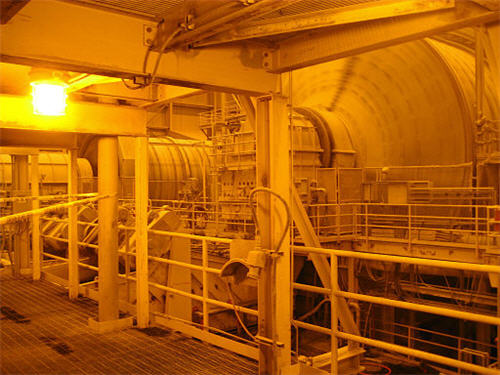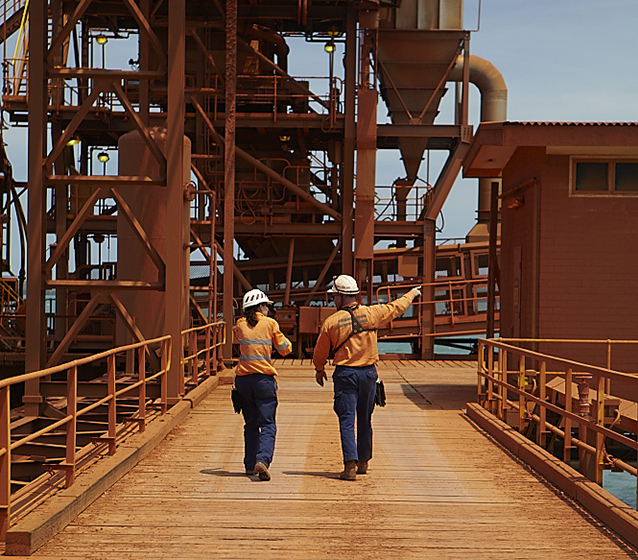Alaska’s Fort Knox mine: A driver of the local economic engine
A reader of my blog sent me this link. It is a 2011 report on the economic benefits of the Fort Knox mine in Alaska. Although the report is from 2011, it still presents some statistics worthy of note. Here are some:
Fort Knox Mine employs an annual average of 502 workers in 2010, making it the fifth largest private sector employer in the Fairbanks North Star Borough (FNSB) and the tenth largest employer overall.
Total 2010 payroll for mine employees was $45.3 million, averaging $90,280 per employee. On average, Fort Knox Mine employees have wages approximately 2.1 times higher than the 2010 average income of private sector workers in the FNSB.
Fort Knox spent $171.4 million with approximately 400 private sector vendors in Alaska, representing 62 percent of its total spending on goods and services (both in and outside Alaska) in 2010. 32 percent ($55.6 million) of the mine’s Alaska spending went to wholesale and retail businesses located in Alaska.
21 percent went to Alaska utilities, including $35.8 million spent on power from Golden Valley Electric Association and other utilities. 21 percent ($35.6 million) was spent with Alaska fuel suppliers.16 percent ($28.2 million) was spent with Alaska construction firms.
Fort Knox Mine paid FNSB $4.7 million in real property and business property taxes in 2010, making the mine the largest taxpayer in FNSB.
The State of Alaska received $11.1 million in taxes and fees from Fort Knox, including $5.7 million in mining license tax. Multiplier effects, including indirect and induced impacts related to Fort Knox Mine included 450 jobs in the FNSB and an additional 100 jobs elsewhere in Alaska.
Indirect and induced payroll totaled $31.7 million in the FNSB and an additional $9 million elsewhere in Alaska. Fort Knox Mine-related direct and indirect employment statewide totaled 1,050 jobs in 2010 with a total payroll of $86 million. Mine-related direct and indirect employment in the FNSB totaled 950 jobs in 2010 with a total payroll of $77 million.
Dozens of Alaska nonprofit organizations received a combined total of $145,900 in contributions from Fort Knox Mine. These organizations represented membership groups, as well as charitable programs, such as youth sports, public safety support, social assistance, and civic organizations.
Nearly two out of three Fort Knox employee households (63 percent) made cash contributions, 29 percent volunteered and 44 percent donated material goods to more than 130 charitable organizations, largely in the Fairbanks area. Fort Knox Mine employee households gave an average of $582 to charitable organizations. Those households that contributed their time to non-profit organizations provided 158 hours of volunteerism to their community in 2010.
Fairbanks Schools: Approximately 260 of the 325 school age children belonging to Fort Knox Mine employee households attend public schools in the Fairbanks North Star Borough School District.
Based on the State Aid Entitlement Funding figure of $5,680 per student, mine-related enrollment represented approximately $1.5 million in state education funding to the Fairbanks North Star Borough School District in 2010.
There are many more impressive statistics in the report–more than a blog can record. The point is clear: the mine makes the economics of the community.
This report reminds us of why, once a mine is established, nobody wants it to close. Like military bases, the local economy becomes dependant on its continued success. There are too many people whose lives and livelihood depend on the mine’s success.
That is how it was for my family in South Africa. Had East Geduld (the mine on which I grew up) not existed, I would not today be blogging or consulting. My kids would not be civil engineers and naval officers. My grandkids would not have a future of their choice including fisherman, artist, architect, public relations officer, maths professor, farmer, bully/CEO, housewife and mother. (I halt to note the none are over 13, and so this list of futures is my guess based on my guess. No doubt they will surprise the world and, like all their ancestors, solve problems we do yet even know of.)
It has cost me a lot to get the family to this point of success and ability to contribute to the benefit of society as part of their own success and seeking of a happy life. But mining made it possible.
That is why I support mining well done. As I have often written, mining done responsibly, is good for us all, and particularly us as family pater familiae.
The blogger in me is tempted to ask how this case history will work out in the long term. I recall that Daryl Hockley of SRK once wrote a paper on closure of the Fort Knox Mine. I cannot immediately find it. But I respect and trust Daryl, and thus must believe sufficient and adequate provision has been made to close the mine someday.
The community of whom we now read will collapse; the people will disperse; the mine will need perpetual care; and the story will be less upbeat than we read now. Yet miners, their children, and their grandchildren will move, spread, go other places, do other things, solve other problems, create other great works, and be good mothers & fathers. Some may become miners; some may become artists; some may marry same-sex lovers.
It matters not what the details are. If only we support this mine, responsible mining, planned closure, fiscal decency, and the freedom of the individual to do what is in their heart and mind, the current Fort Know miners and the progeny will make the world a better place.
For more from Jack Caldwell, see his blog, I Think Mining
Image of gold ore grinding mills at the Fort Knox Mine by Nick Bonzey from Juneau, AK, via Wikimedia Commons
{{ commodity.name }}
{{ post.title }}
{{ post.date }}




Comments